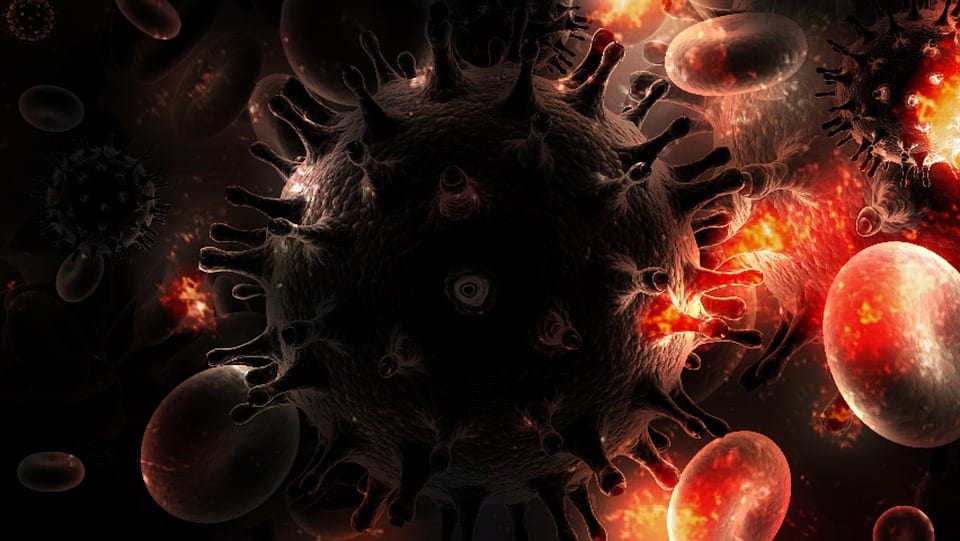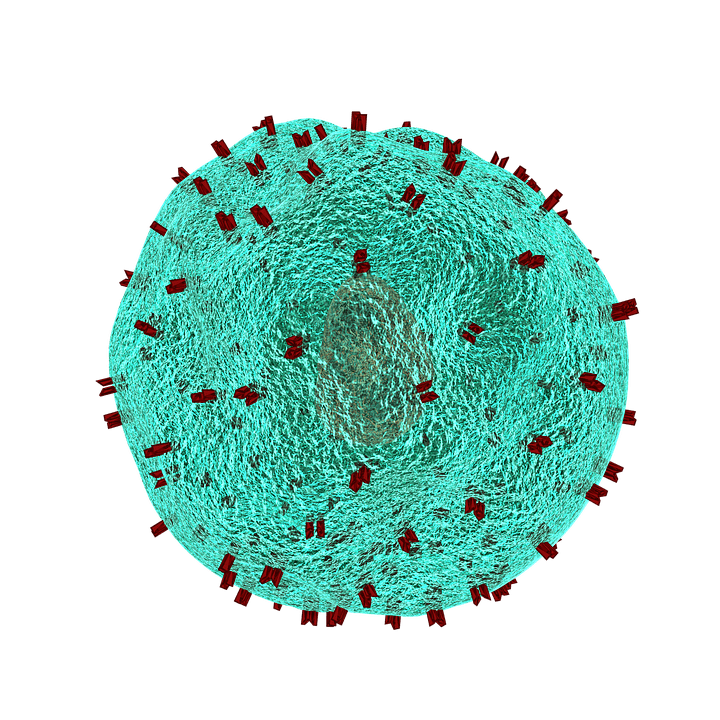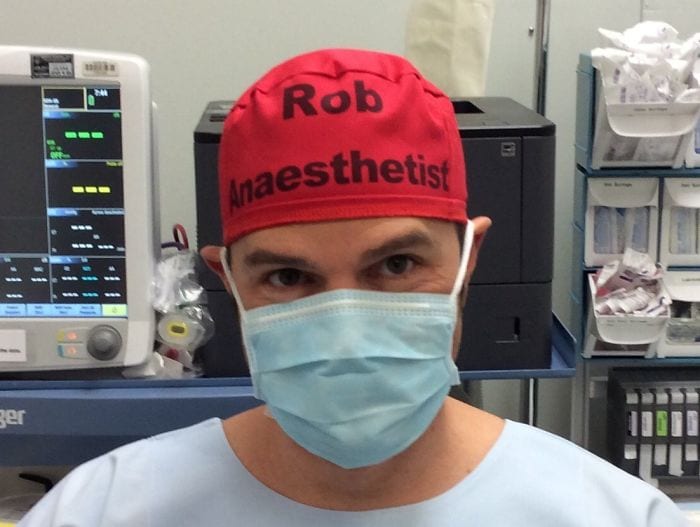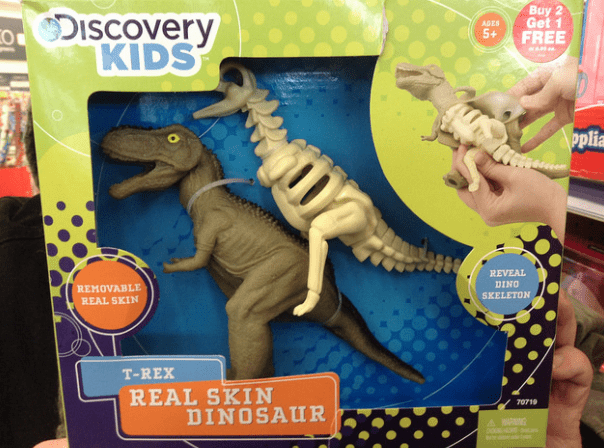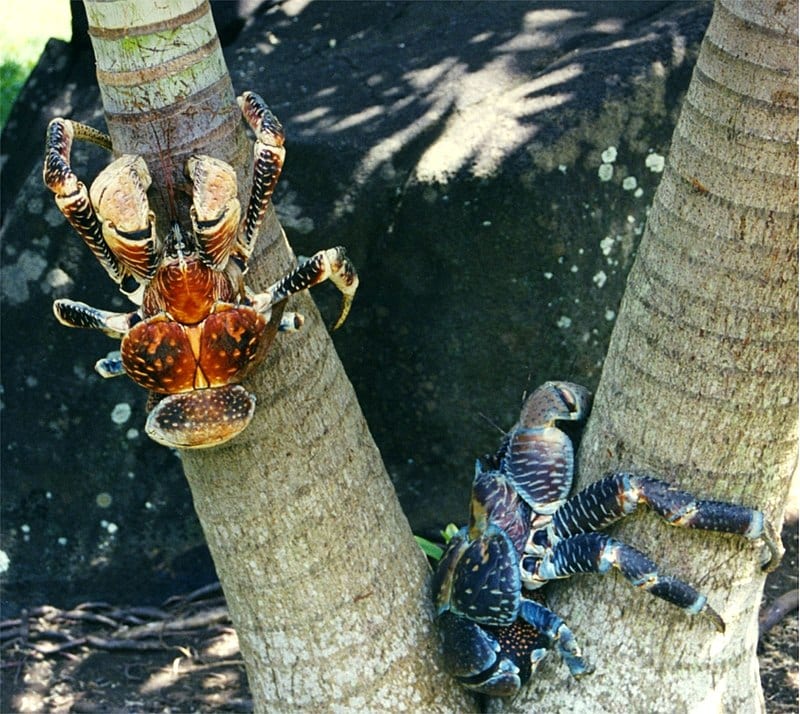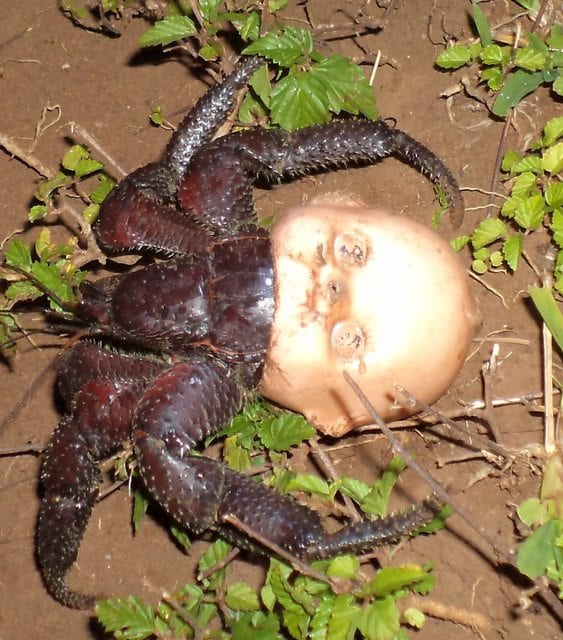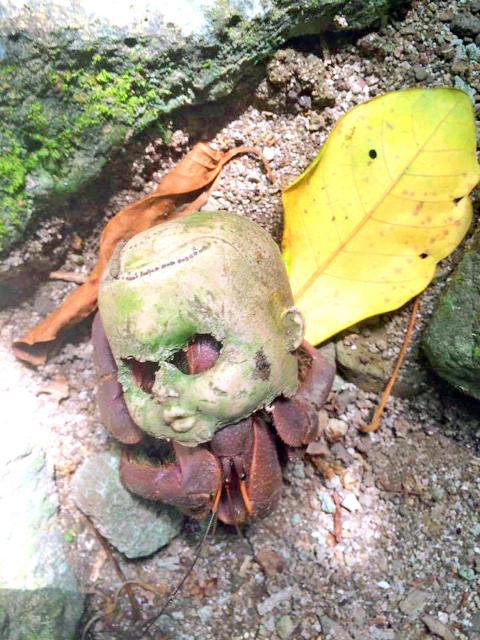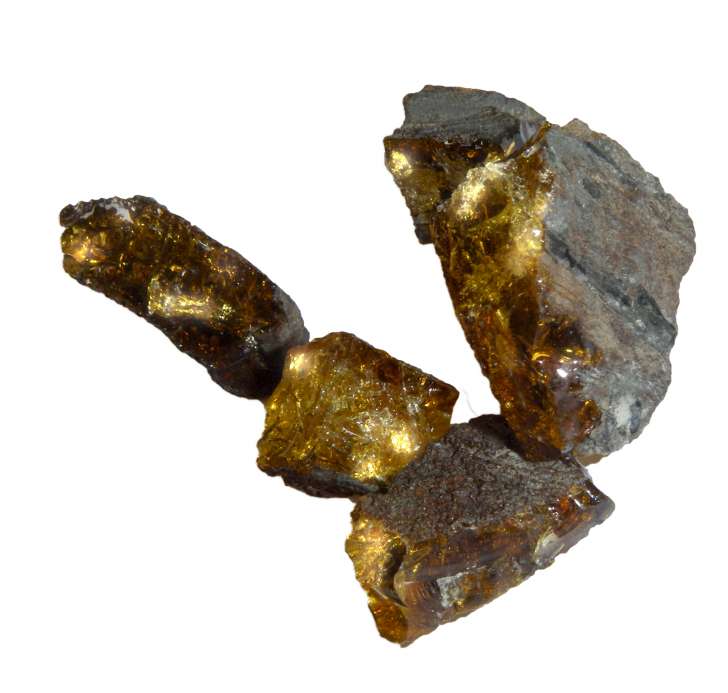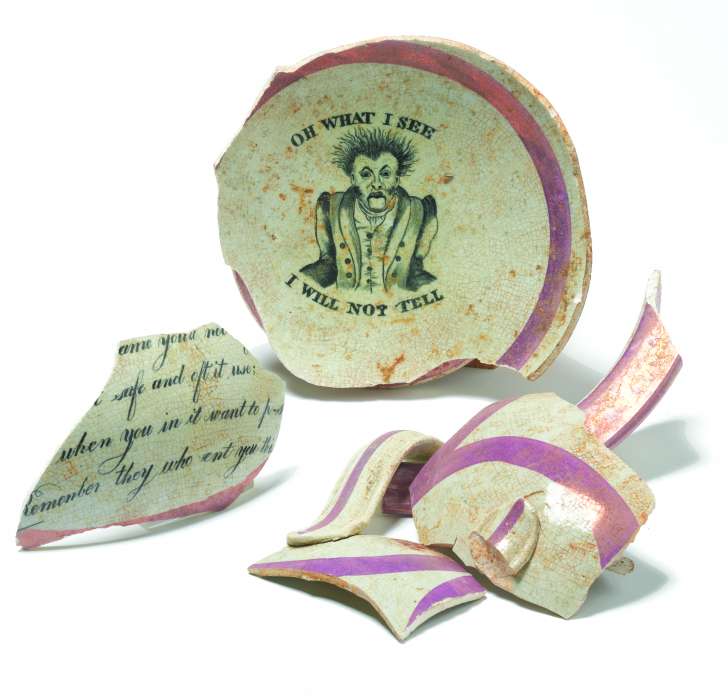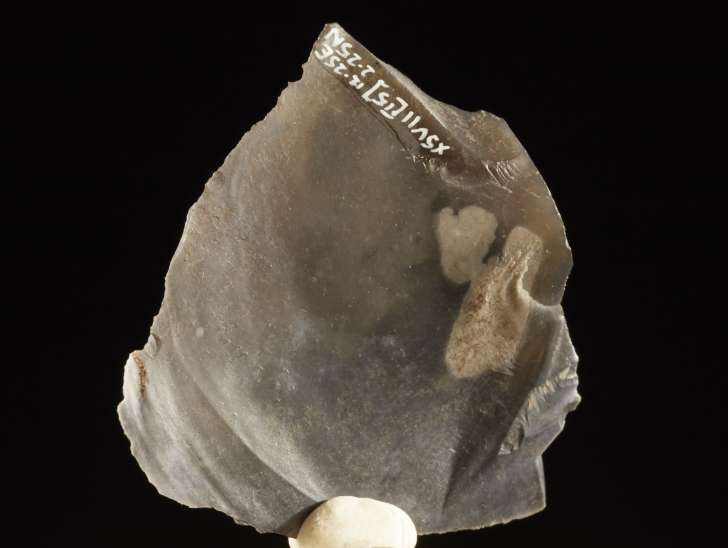Bees play a vital role in sustaining life on earth – over 20,000 species of bees around the world are essential pollinators for all kinds of crops. Unfortunately, bee populations have been declining steadily for several years now
“Populations are declining due to a variety of factors including human development, pesticides, disease, and a changing climate,” a representative from The Honeybee Conservancy told Bored Panda.
If you’re concerned and want to do your part to help, below are 6 simple ideas that could make a difference for the bees in your yard – and beyond.
#1. Protect their habitat.
Image by Thomas Schiewer from Pixabay
Create gardens everywhere there’s green space – wildflowers can populate street corners, balconies, along roadways, and yes, in your backyard.
#2. Sponsor a hive.
Image by Alexas_Fotos from Pixabay
There are initiatives in many communities that build and install stocked honeybee hives and solitary bee homes. You can donate today to sponsor one or more habitats you don’t have to build or maintain. It’s a win for everyone!
#3. Create a bee bath.
Image by Cornelia Moore from Pixabay
Much like a bird bath, a shallow dish or container filled with clean water and pebbles or stones that poke out of the water is a great retreat for tired bees in the middle of a long workday.
#4. Plant trees.
Image by Jill Wellington from Pixabay
It’s not just flowers that bees love – they also adore trees. Tree leaves and resin provide the nesting materials necessary for bees and many live in the trunks and thick limbs.
#5. Build a bee hotel.
Image Credit: Danie Ware
Most people associate bees with hive living, but the truth is that most bees are more solitary, with 70% living underground and 30% living in trees or hollow stems. You can find plans for a bee condo or bee hotel online and build your own if you want to attract pollinators to your yard.
#6. Avoid harmful pesticides.
Image by Myriams-Fotos from Pixabay
If you do have a garden, check the products you’re using to reduce pests. If the chemicals they contain are part of the neonicotinoid family, you’ll want to ditch them. Instead, check for organic options or try introducing natural predators like praying mantises or ladybugs to your space.
I’m off to do my part…as soon as spring finally gets here.
The post 6 Little Things You Can Start Doing Today to Save the Bees appeared first on UberFacts.



















